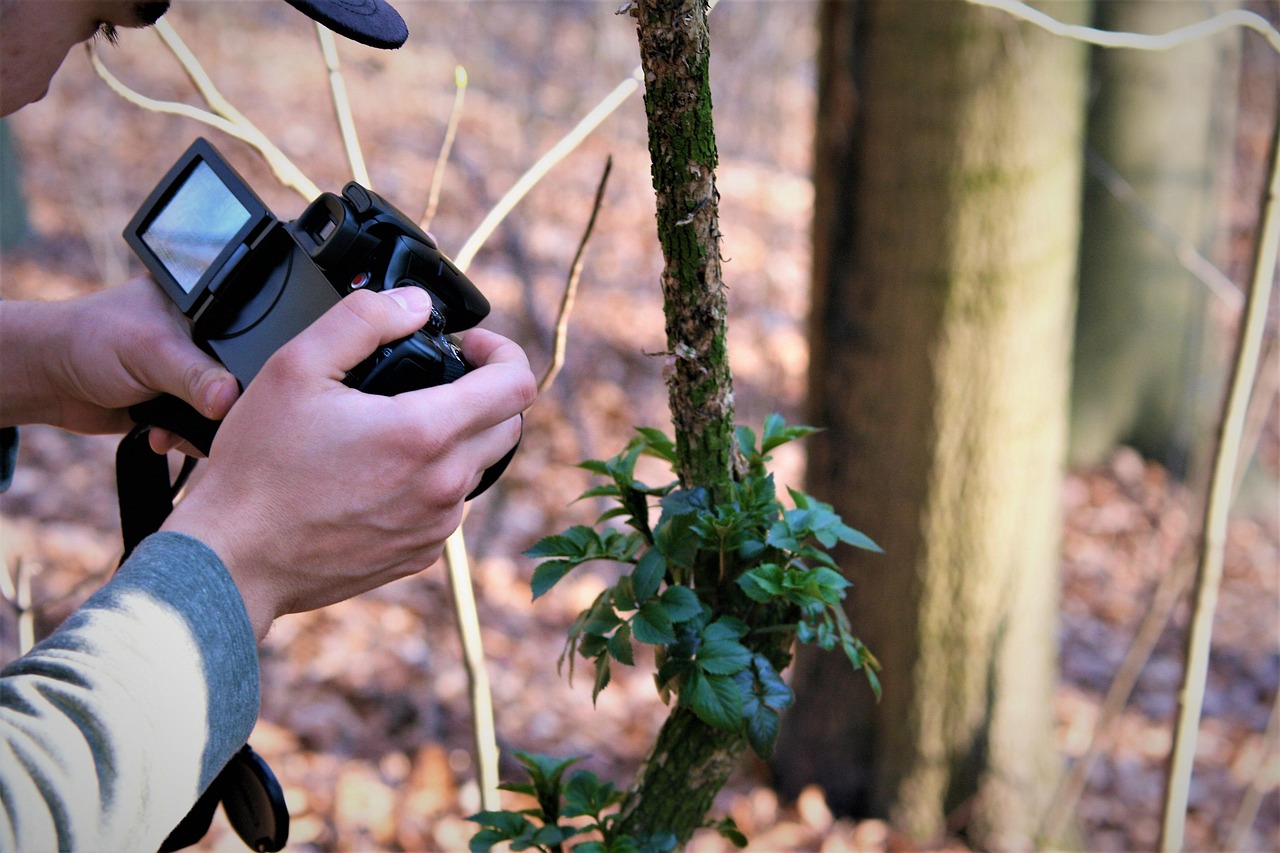The landscape of action cameras is rapidly evolving, with advancements pushing the boundaries of what these compact devices can do. As we look ahead to 2025, the integration of waterproof, shockproof, and smart features is set to redefine the user experience. This article delves into the essential characteristics of modern action cameras, examining how they are becoming indispensable tools for adventurers and content creators alike.
Understanding the technology behind waterproof action cameras is crucial for consumers. These devices typically use high-grade materials such as reinforced plastics and rubber seals to prevent water ingress. The IPX rating system is often used to classify the level of water resistance, with ratings like IP68 indicating that a camera can withstand submersion in water beyond 1 meter for extended periods. This capability is essential for users who engage in activities such as surfing, diving, or kayaking.
For enthusiasts who document their adventures in extreme environments, shockproof technology is vital. Action cameras are engineered to endure drops and impacts through the use of shock-absorbing materials and rugged designs. This durability allows users to capture footage in high-adrenaline situations, such as mountain biking or rock climbing, without the fear of damaging their equipment.
The future of action cameras is increasingly tied to smart technology. Innovations such as built-in GPS, voice control, and advanced stabilization algorithms are becoming standard features. These enhancements not only improve the quality of the footage captured but also streamline the user experience, making it easier to share content on social media platforms.
Artificial intelligence is poised to revolutionize the functionality of action cameras. Features like automatic scene detection, real-time image enhancement, and intelligent editing capabilities are being integrated into these devices. For instance, AI can analyze the environment and adjust settings accordingly, ensuring optimal image quality without requiring extensive user input.
Connectivity options such as Wi-Fi and Bluetooth are essential for modern action cameras. These features allow users to connect their cameras to smartphones or tablets, enabling remote control and instant sharing of content. Users can upload videos directly to social media or edit footage on-the-go, enhancing the overall user experience.
Extreme sports enthusiasts heavily rely on action cameras to capture their adventures. From skydiving to snowboarding, these devices provide a unique perspective that traditional cameras cannot match. The lightweight and compact design allows for easy mounting on helmets or gear, ensuring that users can document their experiences without hindrance.
As technology advances, choosing the right action camera can be daunting. In 2025, consumers can expect a range of options that cater to different needs. Popular models are likely to feature enhanced battery life, superior image stabilization, and improved low-light performance. Brands such as GoPro, DJI, and Insta360 are anticipated to dominate the market with their innovative offerings.
Action cameras differ significantly from traditional cameras in their design and functionality. While traditional cameras excel in image quality and versatility, action cameras are specifically designed for capturing dynamic, high-motion scenes. This section outlines the pros and cons of each type, helping consumers make informed choices based on their specific needs.
Sustainability is becoming increasingly important in technology. Many manufacturers are adopting eco-friendly practices, such as using recyclable materials and reducing energy consumption during production. This part discusses the environmental impact of action cameras and how consumers can make more sustainable choices.
Proper maintenance is essential for extending the life of your action camera. Regular cleaning, safe storage, and careful handling are crucial practices that ensure longevity. Users should also be aware of battery care and software updates to keep their devices functioning optimally.
The future of action cameras is bright, with ongoing innovation. Emerging trends such as improved battery technology, enhanced AI capabilities, and greater integration with smart devices are expected to shape the next generation of these devices. As technology continues to advance, action cameras will become even more versatile and user-friendly.
Content creators increasingly rely on action cameras for dynamic storytelling. These devices enhance video production quality, allowing creators to engage their audience through immersive and exciting footage. The compact size and rugged design make them ideal for capturing content in a variety of settings, making them a valuable tool for any creator.
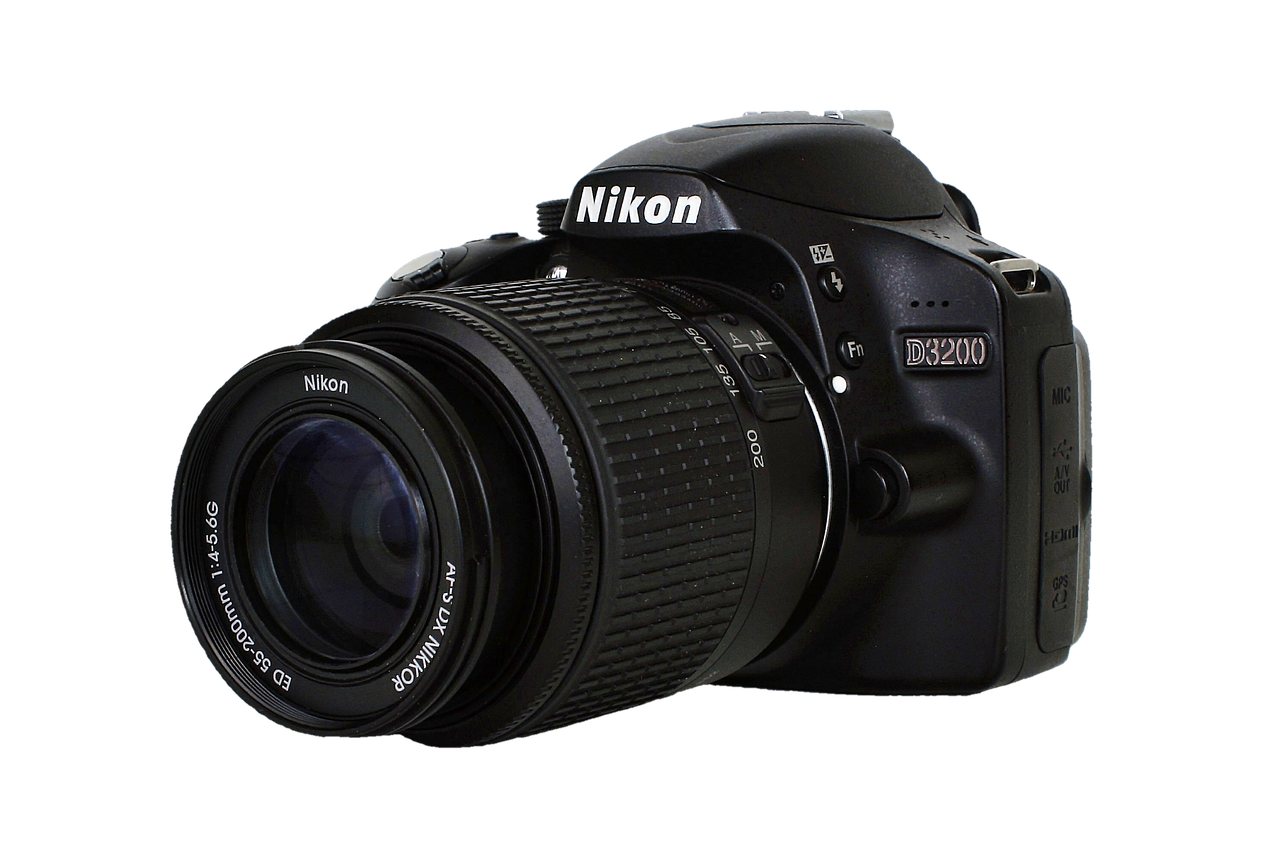
What Makes Action Cameras Waterproof?
Understanding the technology behind waterproof action cameras is crucial for consumers who seek to capture their adventures without the fear of damaging their devices. These cameras are designed to endure water exposure, allowing users to shoot stunning footage underwater or in wet conditions. This section delves into the materials and design features that enable these devices to withstand such challenges.
The foundation of a waterproof action camera lies in its materials. Manufacturers typically use high-quality plastics and metals that resist corrosion and wear. For instance, polycarbonate is a common choice due to its lightweight nature and high impact resistance. Additionally, many cameras feature stainless steel components, particularly in their mounting systems, which further enhance durability.
Another critical aspect of waterproof action cameras is their sealing technology. These devices often employ rubber gaskets and seals around openings such as battery compartments and ports. This design prevents water from entering the camera, even in challenging conditions. The effectiveness of these seals is usually rated by an IP (Ingress Protection) rating, indicating the level of protection against water and dust.
- Enclosed Housing: Many action cameras come with additional waterproof housings that provide extra protection. These housings are designed to be submerged at various depths, allowing for underwater photography.
- Button Design: The buttons on waterproof cameras are often designed to be operable even when wet. This feature ensures that users can easily navigate settings without compromising the device’s integrity.
- Lens Coating: Anti-reflective coatings on lenses help to reduce glare and improve image quality, especially in bright underwater environments.
To ensure that action cameras meet waterproof standards, manufacturers conduct rigorous testing. They often adhere to international standards such as ISO 22810 for water resistance. Cameras are subjected to pressure tests to simulate underwater conditions, ensuring they can withstand specific depths and durations without failure.
When purchasing a waterproof action camera, it is essential to understand the waterproof ratings. These ratings provide consumers with insights into how deep and for how long the camera can be submerged. For example, a camera rated for 10 meters can be used for snorkeling, while one rated for 30 meters is suitable for scuba diving.
Waterproofing technology can influence image quality. For instance, some cameras may exhibit lens distortion or color shifts when used underwater. However, advancements in optical engineering are helping to mitigate these issues, providing clearer and more vibrant images even in challenging environments.
In conclusion, the technology behind waterproof action cameras encompasses a variety of materials, design features, and rigorous testing standards. Understanding these elements is essential for consumers looking to make informed choices, ensuring that they can capture their adventures without the worry of damaging their equipment.
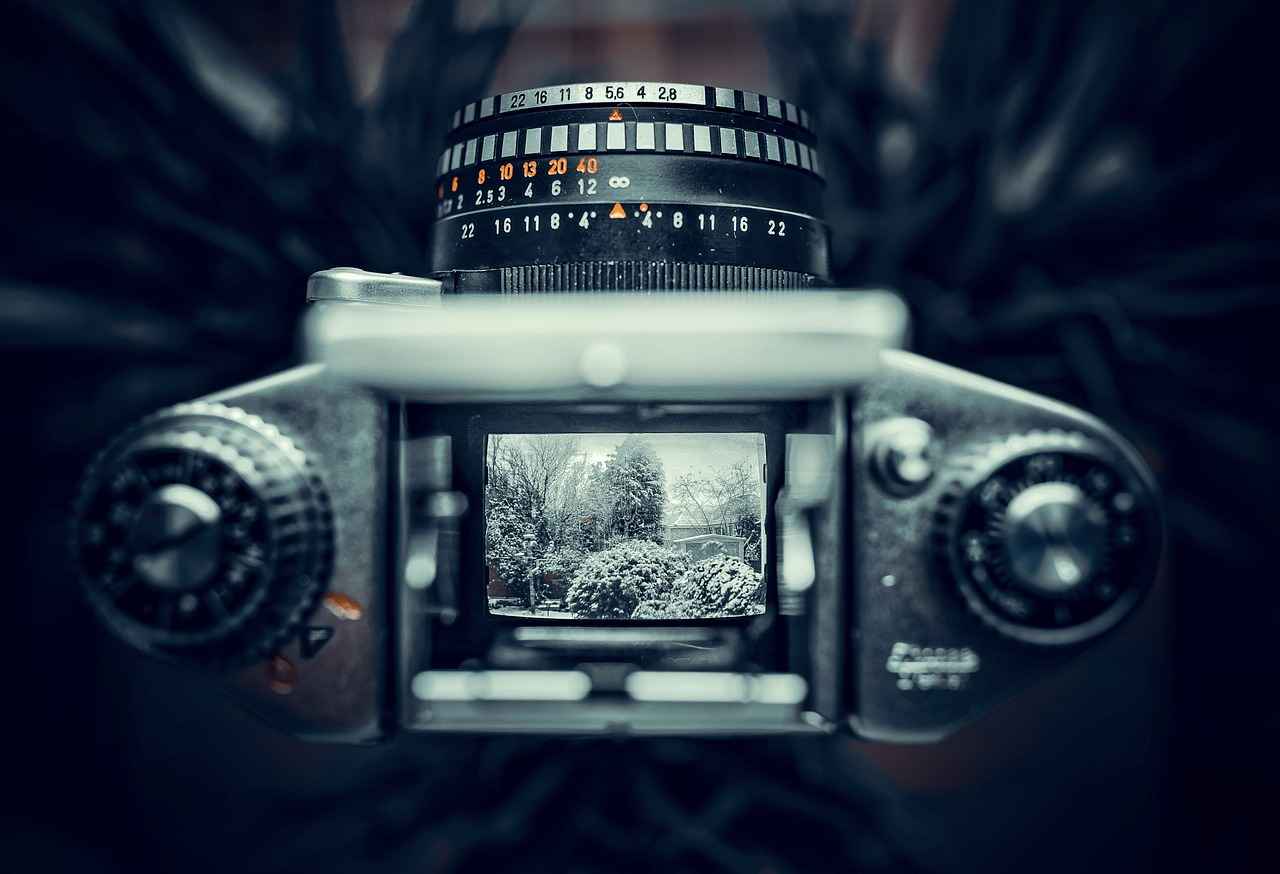
How Shockproof Technology Enhances Durability
In the world of action cameras, shockproof technology plays a pivotal role, especially for those who seek adventure in extreme environments. These cameras are often subjected to harsh conditions, including drops, impacts, and vibrations. Understanding how shockproof features are engineered can provide valuable insights for outdoor enthusiasts and content creators alike.
The foundation of shockproof technology lies in the materials and design used in the construction of these cameras. Manufacturers typically use high-impact plastics and reinforced casings that can absorb shocks effectively. This is crucial for maintaining functionality during high-adrenaline activities such as mountain biking, skiing, or skydiving. The use of shock-absorbing foam within the camera body further enhances its ability to withstand impacts.
One of the most significant advancements in shockproof technology is the implementation of internal stabilization systems. These systems help to minimize the effects of jolts and bumps while recording, ensuring that the footage remains smooth and usable. This is particularly important for action sports where sudden movements are common. Cameras equipped with advanced gyroscopic stabilization can counteract the effects of motion, resulting in clearer, more professional-looking videos.
Moreover, the engineering behind shockproof action cameras often includes rigorous testing protocols. Manufacturers put their products through extensive drop tests and simulations to ensure they can handle the rigors of extreme environments. This level of testing not only guarantees durability but also builds consumer trust in the product’s reliability.
For outdoor enthusiasts, the significance of shockproof technology cannot be overstated. It allows users to focus on their adventures without worrying about damaging their equipment. Whether capturing breathtaking views from a cliff or documenting a thrilling mountain descent, knowing that their camera can endure tough conditions is invaluable.
Another aspect to consider is the user experience. Shockproof cameras often come with features that enhance usability in extreme conditions. For instance, many models have weather-sealed buttons and interfaces that are easy to operate even with gloves on. This attention to detail ensures that users can capture their experiences without interruption, regardless of the environment.
As technology continues to evolve, we can expect further enhancements in shockproof design. Innovations such as smart materials that can self-repair minor damages and improved energy absorption techniques are on the horizon. These advancements will not only improve the durability of action cameras but also expand their functionality and user appeal.
In summary, shockproof technology is a critical feature for action cameras, providing the durability needed for extreme conditions. By utilizing advanced materials, innovative design, and thorough testing, manufacturers create robust devices that meet the demands of adventurous users. As we look to the future, the ongoing evolution of this technology promises even greater durability and performance, making action cameras an essential tool for capturing life’s most thrilling moments.

What Are the Latest Innovations in Smart Action Cameras?
As technology continues to advance, action cameras are evolving beyond their traditional roles. In 2025, the integration of smart features is set to redefine how users capture and interact with their adventures. This article explores the latest innovations in smart action cameras, focusing on enhanced connectivity options and the incorporation of artificial intelligence (AI) that significantly enriches the user experience.
The latest action cameras are designed with an array of intelligent features that elevate their functionality. One of the most notable advancements is the incorporation of AI capabilities. These features allow cameras to automatically adjust settings based on environmental conditions, ensuring optimal image quality. For instance, AI can analyze lighting and movement, adjusting exposure and stabilization in real-time. This means users can focus more on their activities without worrying about technical settings.
Additionally, the integration of smart connectivity options such as Wi-Fi and Bluetooth has transformed how users interact with their devices. These features enable seamless sharing of high-quality videos and photos directly to social media platforms or cloud storage. Users can control their cameras remotely through mobile apps, making it easier to capture shots from unique angles, especially in extreme sports settings.
- Enhanced User Interfaces: Many smart action cameras now feature intuitive touchscreens and voice command capabilities, allowing for hands-free operation.
- Live Streaming: The ability to live stream directly from the camera to social media platforms is a game-changer for content creators, enabling real-time engagement with audiences.
- Smart Editing Features: AI-driven editing tools can automatically create highlight reels or edit footage based on user preferences, saving valuable time in post-production.
Moreover, advancements in battery technology are allowing action cameras to operate longer without sacrificing performance. New lithium-ion batteries are more efficient and can support extended shooting times, which is crucial for users who engage in long-duration activities.
Another significant innovation is the development of 360-degree recording capabilities. This feature allows users to capture immersive footage that can be explored from multiple angles, providing a unique perspective that traditional cameras cannot offer. With the rise of virtual reality (VR), this capability is becoming increasingly popular among adventure enthusiasts and content creators alike.
In addition to these features, manufacturers are focusing on improving the durability of smart action cameras. New materials and designs make them resistant to water, shock, and dust, ensuring they can withstand the rigors of extreme environments. This is particularly important for users who participate in activities such as surfing, skiing, or mountain biking.
As we look towards 2025, it is clear that smart action cameras are not just about capturing moments; they are about enhancing the overall experience of adventure and storytelling. With ongoing advancements in AI, connectivity, and design, users can expect even more innovative features that will make action cameras an essential tool for both amateur and professional creators.
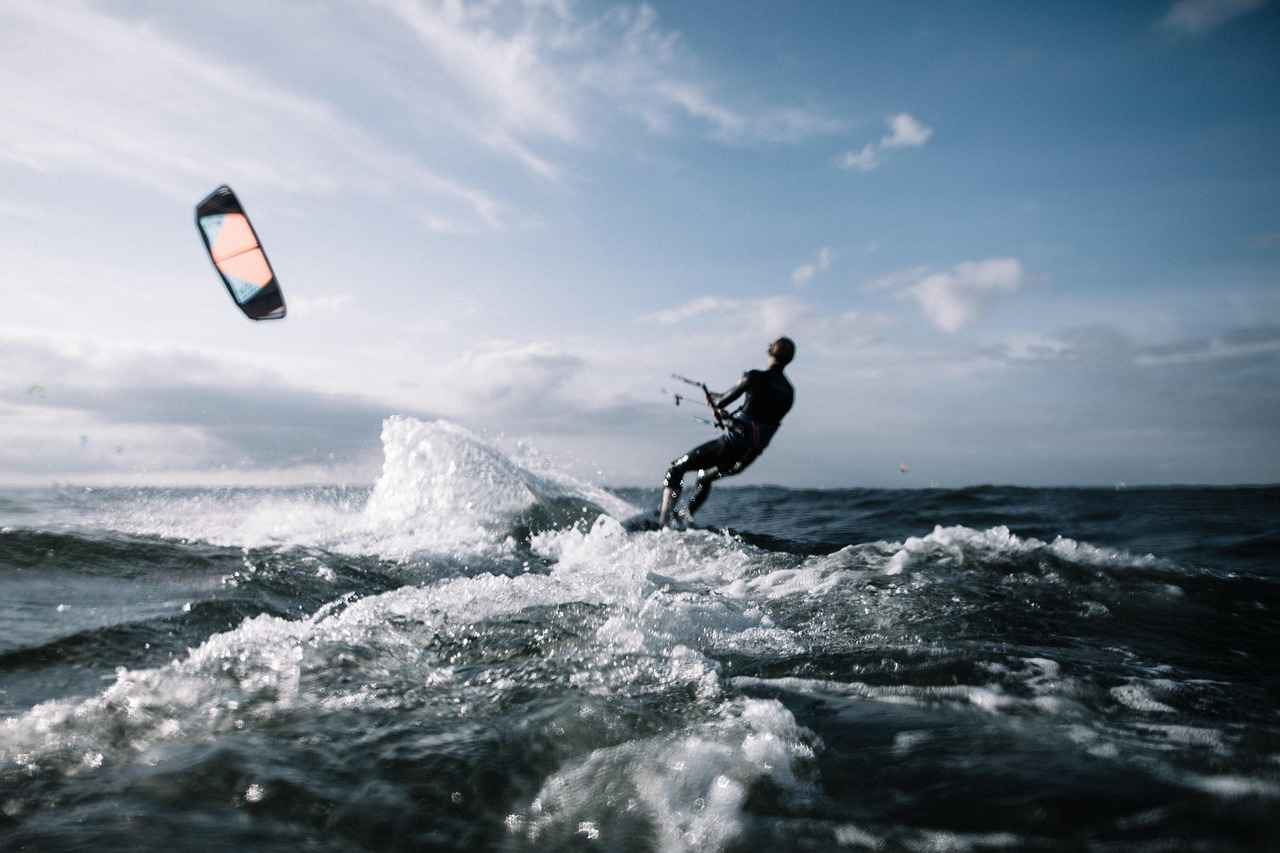
How Will AI Transform Action Camera Functionality?
Artificial Intelligence (AI) is on the brink of transforming the landscape of action cameras, paving the way for enhanced functionality and user experience. As technology continues to advance, the integration of AI into these devices will not only improve image quality but also revolutionize how users interact with their cameras.
One of the most significant benefits of AI in action cameras is its ability to enhance image quality. AI algorithms can analyze scenes in real-time, adjusting settings such as exposure, white balance, and focus automatically. This means users can capture stunning images even in challenging lighting conditions, such as during sunset or underwater. Furthermore, AI can reduce noise in low-light conditions, resulting in clearer and more vibrant images.
Editing videos can be a time-consuming task, but AI is set to change that. With advanced machine learning algorithms, action cameras can automatically edit footage, selecting the best clips and applying transitions, music, and effects. This feature saves users valuable time and allows them to focus on sharing their adventures rather than spending hours in front of a computer. AI-driven editing tools can also learn user preferences over time, tailoring edits to match individual styles.
AI will also enhance user interaction with action cameras. Voice commands and gesture recognition are becoming more prevalent, allowing users to control their cameras without needing to fumble with buttons. Imagine being in the middle of an extreme sport and simply saying, “Start recording,” or making a hand gesture to capture a photo. These innovations will make action cameras more intuitive and accessible, especially in fast-paced scenarios.
Safety is paramount in action sports, and AI can play a crucial role in enhancing safety features. Some action cameras will be equipped with AI that can detect potential hazards or risky situations. For example, AI could analyze speed and trajectory during sports like skiing or mountain biking, alerting users if they are approaching dangerous speeds or paths. This proactive approach can help prevent accidents and ensure a safer experience.
AI will also facilitate better connectivity between action cameras and other devices. With smart technology, users can expect seamless integration with smartphones and smartwatches, allowing for real-time sharing and monitoring. AI algorithms can optimize data transfer speeds, ensuring that users can upload their content quickly and efficiently, even in areas with limited connectivity.
As social media continues to dominate the content landscape, AI will help action camera users create engaging content tailored for platforms like Instagram and TikTok. AI can analyze trending styles and suggest edits or formats that resonate with audiences. This feature will empower content creators to produce high-quality videos that capture attention and drive engagement.
In summary, the integration of AI into action cameras represents a significant leap forward in technology. From enhancing image quality and automating video editing to improving user interaction and safety features, AI is set to redefine how we capture and share our adventures. As we look towards the future, it is clear that the action camera experience will be smarter, safer, and more enjoyable than ever before.

What Role Do Connectivity Features Play in Action Cameras?
In today’s fast-paced digital world, the role of connectivity features in action cameras cannot be overstated. With the surge in social media usage and the demand for instant sharing, features like Wi-Fi and Bluetooth have become essential. This section delves into how these connectivity options enhance the functionality and usability of action cameras, making them indispensable tools for both amateur and professional content creators.
Wi-Fi connectivity allows users to connect their action cameras to smartphones, tablets, and computers. This feature enables real-time viewing and control over camera settings from a distance. With Wi-Fi, users can:
- Stream Live Footage: Capture and share live videos directly to social media platforms.
- Transfer Files Quickly: Move high-resolution images and videos to other devices without the need for cables.
- Update Firmware: Ensure the camera is always equipped with the latest features and improvements.
Bluetooth technology complements Wi-Fi by providing a reliable, low-energy connection for various peripherals. This feature is particularly beneficial for:
- Remote Control: Use a smartphone or dedicated remote to trigger the camera, allowing for hands-free operation.
- Syncing with Accessories: Connect to external microphones or GPS devices to enhance audio quality and tracking capabilities.
- Battery Management: Monitor battery levels and manage settings without physically accessing the camera.
The integration of Wi-Fi and Bluetooth in action cameras significantly impacts content creation. These features allow for a more efficient workflow, enabling creators to focus on capturing the moment rather than managing cumbersome equipment. Here are some ways connectivity enhances content creation:
- Instant Sharing: Post content on platforms like Instagram, Facebook, and YouTube in real-time, increasing audience engagement.
- Collaborative Projects: Share access with team members for collaborative editing and feedback, streamlining the creative process.
- Enhanced Storytelling: Use various camera angles and shots by controlling multiple cameras simultaneously from a single device.
As technology evolves, the future of connectivity in action cameras looks promising. Anticipated trends include:
- 5G Integration: Faster data transfer speeds will enable seamless live streaming and high-quality uploads.
- Enhanced App Features: Improved companion apps will offer more editing tools and user-friendly interfaces for managing footage.
- Cloud Connectivity: Automatic uploads to cloud storage for easy access and backup of content.
In conclusion, the role of connectivity features like Wi-Fi and Bluetooth in action cameras is pivotal for modern content creators. These technologies not only enhance the user experience but also empower creators to share their adventures instantly and efficiently. As we look towards the future, the continuous evolution of these features will undoubtedly shape the landscape of action cameras, making them even more integral to the world of digital storytelling.
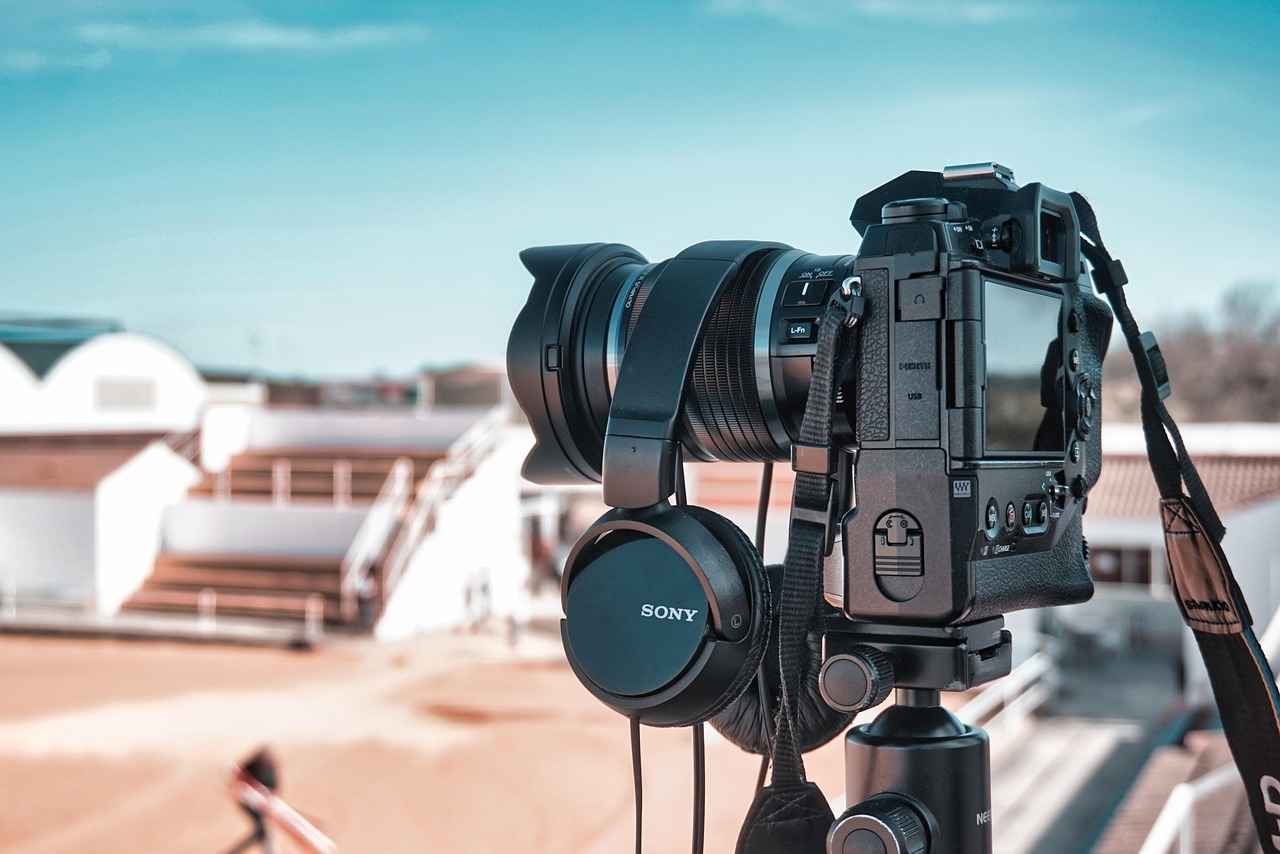
How Are Action Cameras Being Used in Extreme Sports?
Action cameras have become an indispensable tool for extreme sports enthusiasts. These compact devices are designed to capture high-quality footage in the most challenging environments, making them perfect for activities that involve a significant amount of movement and unpredictability. In this section, we will explore the various ways in which action cameras are utilized in extreme sports, highlighting their applications, benefits, and the impact they have on both participants and audiences.
- Surfing: Action cameras are widely used by surfers to document their rides and share their experiences. The waterproof design allows for seamless underwater filming, capturing stunning shots of surfers riding waves.
- Mountain Biking: Riders use action cameras to record their trails, showcasing their skills and the beauty of nature. The shockproof features ensure that the cameras withstand bumps and falls.
- Skydiving: Skydivers often attach cameras to their helmets or gear to capture breathtaking aerial views during freefall, providing a unique perspective that traditional cameras cannot achieve.
- Snowboarding: Similar to skiing, snowboarders use action cameras to document their tricks and runs, allowing them to review their performance and share with friends.
The use of action cameras significantly enhances the experience for both the athlete and the audience. For athletes, these cameras provide an opportunity to analyze their performance, helping them to improve their skills. They can review footage to understand their techniques better and identify areas for improvement.
For audiences, action cameras offer a first-person perspective that traditional filming methods cannot replicate. Viewers can experience the thrill of the sport as if they were participating themselves, making the content more engaging and immersive.
Several features make action cameras ideal for extreme sports:
- Durability: The rugged design of action cameras ensures they can withstand harsh conditions, including water, dust, and impact.
- High-Resolution Video: Many action cameras offer 4K video capabilities, providing stunning clarity and detail.
- Wide-Angle Lenses: These lenses allow for a broader field of view, capturing more of the action and surroundings.
- Mounting Options: Action cameras come with various mounting accessories, enabling athletes to attach them to helmets, bikes, or even their bodies.
As technology advances, the integration of smart features in action cameras is revolutionizing extreme sports. With Wi-Fi and Bluetooth connectivity, athletes can easily share their footage on social media platforms, allowing for instant engagement with fans and followers. Additionally, the incorporation of AI technology is enhancing image stabilization and editing capabilities, making it easier for users to produce professional-quality content.
Beyond capturing thrilling moments, action cameras also contribute to safety in extreme sports. Athletes can review their footage to identify risky maneuvers and modify their techniques to avoid accidents. Furthermore, in the event of an injury, recorded footage can provide valuable insights for medical professionals.
In conclusion, action cameras have become essential tools for extreme sports enthusiasts, offering numerous applications and benefits. From enhancing the athlete’s experience to providing captivating content for audiences, these devices continue to shape the way extreme sports are documented and enjoyed.
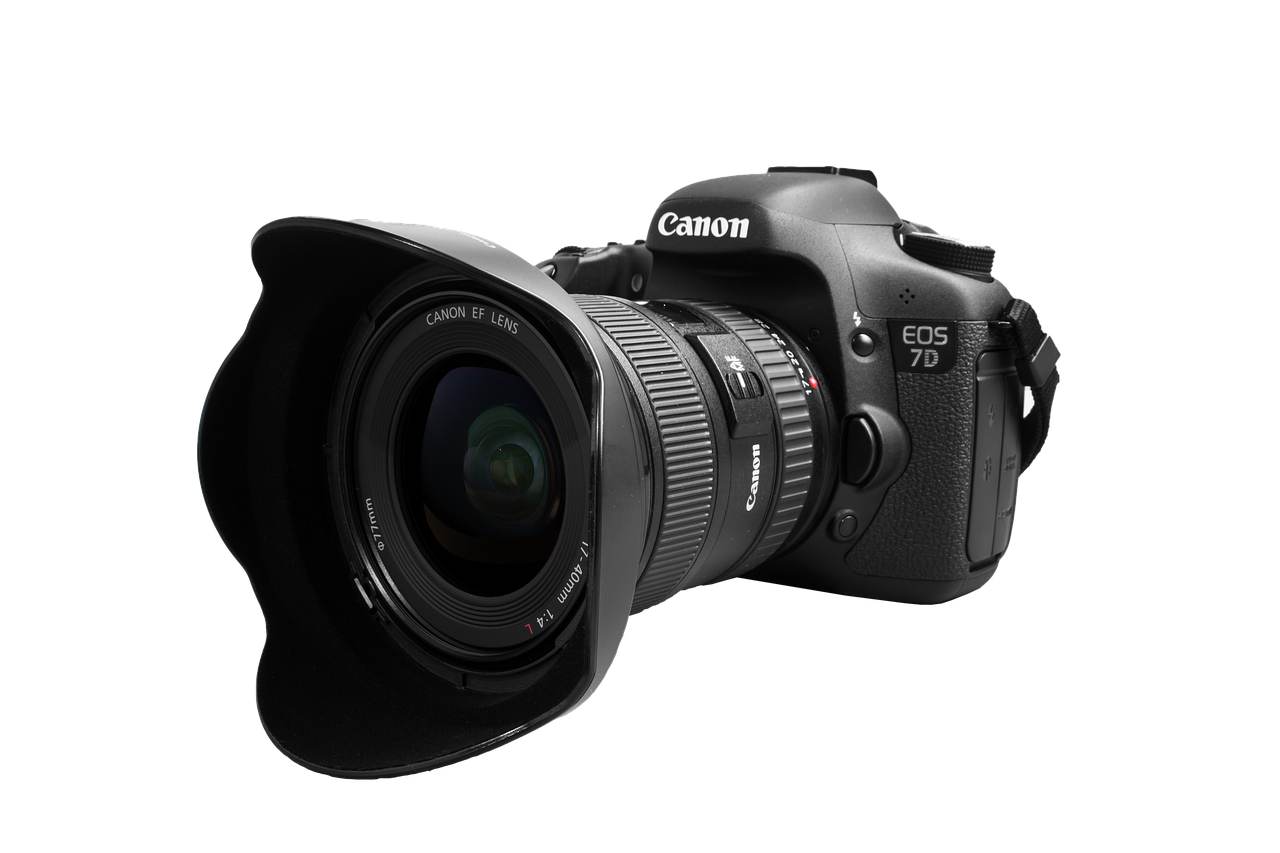
What Are the Best Action Cameras for 2025?
Choosing the right action camera can be daunting, especially with the rapid advancements in technology. In 2025, action cameras are expected to feature enhanced specifications, improved durability, and innovative smart functionalities. Here, we present a curated list of the top models anticipated to dominate the market, based on extensive research and user reviews.
The GoPro Hero series has long been a leader in the action camera market. The Hero 11 Black is expected to feature improved low-light performance and enhanced stabilization technology. With its waterproof design and rugged build, it’s perfect for extreme sports enthusiasts.
DJI is not just a drone manufacturer; their Osmo Action 3 is set to compete fiercely in 2025. With dual screens and impressive 4K video capabilities, this model will be favored by vloggers and adventurers alike. Its quick-switch design makes it user-friendly for capturing spontaneous moments.
The Insta360 ONE RS is a versatile camera that allows users to switch between 4K and 360-degree shooting. Its modular design means you can customize it according to your needs, making it a favorite among content creators who require flexibility in their filming.
Known for its exceptional image quality, the Sony FDR-X3000 is expected to maintain its reputation in 2025. With advanced optical stabilization and a robust waterproof casing, it’s ideal for both underwater and action-packed activities.
The Akaso Brave 8 is an affordable option that doesn’t skimp on features. With 4K recording, voice control, and an impressive battery life, it caters to budget-conscious consumers looking for quality performance without breaking the bank.
The Garmin VIRB Ultra 30 stands out with its GPS capabilities and data overlays, making it perfect for athletes and outdoor enthusiasts. Its rugged design and voice control features enhance usability in challenging environments.
For those interested in 360-degree photography, the Ricoh Theta Z1 is a top contender. With high-resolution sensors and user-friendly software, it allows for stunning panoramic shots, appealing to both professionals and hobbyists.
The Olympus Tough TG-6 is a compact camera that excels in rugged conditions. With its waterproof and shockproof features, it’s designed for adventure seekers who need a reliable companion during their excursions.
In summary, selecting the right action camera in 2025 will depend on your specific needs, whether it be for extreme sports, vlogging, or casual use. The models listed above are expected to lead the market with their innovative features and user-friendly designs. Make sure to consider factors such as video quality, durability, and additional functionalities when making your choice.

How Do Action Cameras Compare to Traditional Cameras?
When it comes to photography and videography, action cameras and traditional cameras serve different purposes and cater to different audiences. Understanding the differences between these two types of cameras can help consumers make informed choices based on their specific needs.
Action cameras are compact, lightweight devices designed to capture high-quality video and photos in extreme conditions. They are typically waterproof, shockproof, and feature wide-angle lenses, making them ideal for adventure sports and outdoor activities. Their small size allows for easy mounting on helmets, bikes, and other gear, enabling users to capture immersive footage from unique perspectives.
Traditional cameras, which include DSLRs and mirrorless models, are generally larger and offer a wider range of manual controls and interchangeable lenses. They are designed for various photography styles, from portrait to landscape, and are favored by professional photographers for their versatility and superior image quality. However, they may not be as rugged or portable as action cameras.
- Pros:
- Durability: Built to withstand harsh conditions.
- Portability: Lightweight and easy to carry.
- Versatility: Can be mounted on various surfaces for dynamic shots.
- Ease of Use: Simple controls for quick shooting.
- Cons:
- Limited Features: Fewer manual controls compared to traditional cameras.
- Image Quality: May not match the quality of higher-end traditional cameras.
- Battery Life: Shorter battery life due to high-resolution video recording.
- Pros:
- Image Quality: Superior resolution and detail, especially in low light.
- Manual Controls: Greater control over settings for creative photography.
- Interchangeable Lenses: Flexibility to use various lenses for different effects.
- Cons:
- Size and Weight: Bulkier and less portable.
- Price: Generally more expensive, especially with additional lenses.
- Durability: Not designed to withstand extreme conditions without additional protection.
The choice between an action camera and a traditional camera largely depends on your intended use. If you are an adventure seeker or a content creator looking to capture dynamic footage during high-energy activities, an action camera is likely the better fit. On the other hand, if you are focused on professional photography or want more control over your images, a traditional camera would be more suitable.
Ultimately, both types of cameras have their unique strengths and weaknesses. By considering your specific needs, preferences, and the environments in which you will be shooting, you can make an informed decision that aligns with your creative goals.
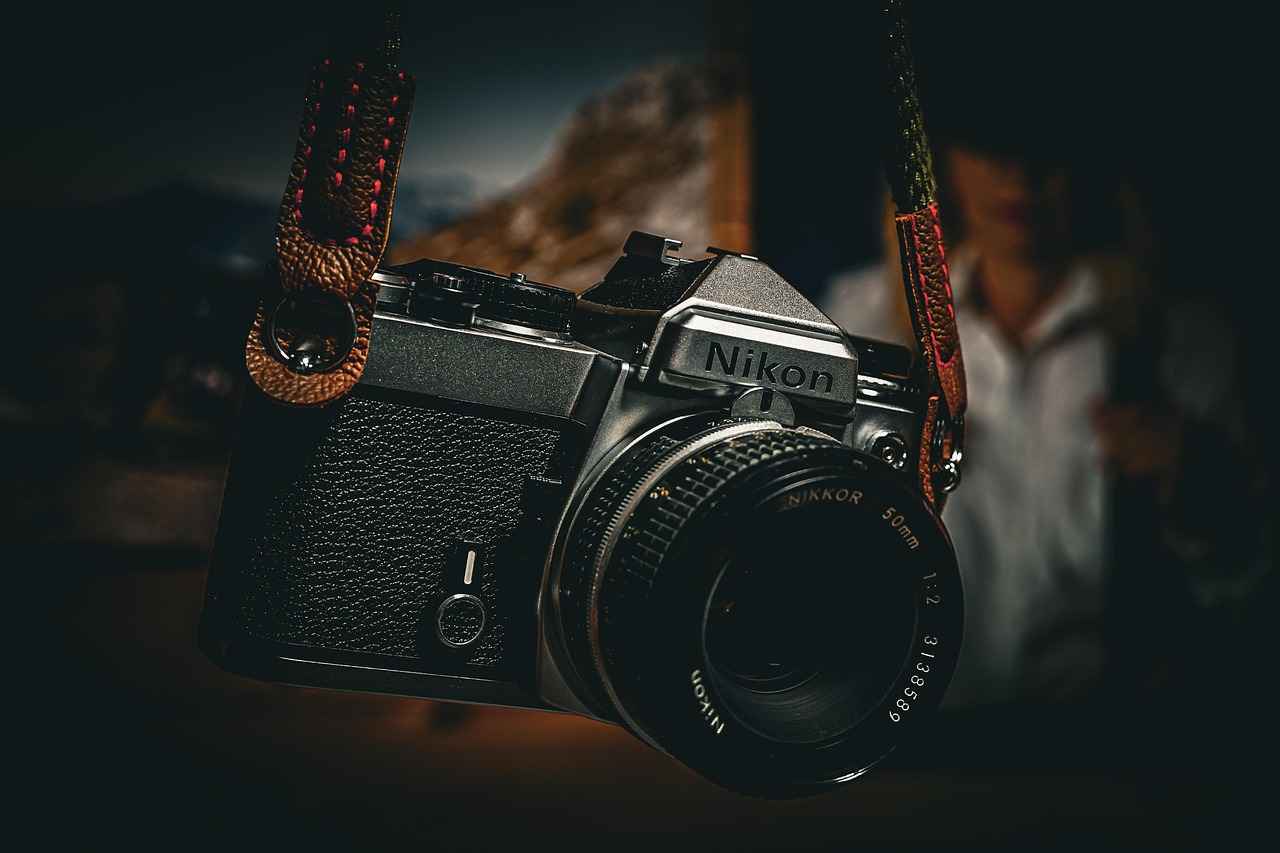
What Are the Environmental Considerations for Action Cameras?
Sustainability is becoming increasingly important in technology, and the action camera industry is no exception. As outdoor enthusiasts and content creators adopt these devices, the environmental impact of their production and use is coming under scrutiny. This section discusses the various environmental considerations for action cameras, including the materials used, manufacturing processes, and manufacturers’ efforts to adopt eco-friendly practices.
One of the most significant factors impacting the sustainability of action cameras is the materials used in their construction. Many manufacturers are shifting towards recyclable plastics and biodegradable materials to reduce their carbon footprint. Additionally, some companies are exploring the use of recycled metals for internal components, which can significantly lessen the environmental burden associated with mining and processing new materials.
The manufacturing processes for action cameras can also have a substantial environmental impact. Traditional production methods often involve high energy consumption and the release of harmful pollutants. However, many manufacturers are adopting cleaner technologies and renewable energy sources in their factories. This transition not only reduces greenhouse gas emissions but also promotes a more sustainable supply chain.
Electronic waste, or e-waste, is a growing concern in the tech industry. Action cameras, like many electronic devices, can contribute to this issue if not properly disposed of. To combat this, several companies are implementing take-back programs that allow consumers to return old cameras for recycling or refurbishment. This initiative not only minimizes e-waste but also encourages a circular economy where materials are reused rather than discarded.
Many action camera manufacturers are now prioritizing sustainability in their business models. Some are committing to carbon neutrality by offsetting their emissions through various environmental projects, such as reforestation and renewable energy initiatives. Additionally, brands are increasingly transparent about their supply chains, providing consumers with information about the sustainability of their products.
Consumer awareness is crucial in driving the demand for sustainable products. As users become more informed about the environmental impact of their purchases, they are more likely to choose brands that prioritize sustainability. This shift in consumer behavior can encourage manufacturers to adopt more eco-friendly practices, creating a positive feedback loop that benefits the environment.
The future of action cameras is likely to see even greater emphasis on sustainability. Innovations such as solar-powered cameras and energy-efficient designs are on the horizon, promising to further reduce the environmental impact of these devices. As technology evolves, the integration of sustainability into the design and production of action cameras will become increasingly important.
In conclusion, the action camera industry is at a pivotal moment, where the push for sustainability is reshaping its landscape. By focusing on eco-friendly materials, cleaner manufacturing processes, and consumer awareness, manufacturers can significantly reduce their environmental footprint. As technology continues to advance, the integration of sustainable practices will not only benefit the planet but also enhance the overall appeal of action cameras to environmentally conscious consumers.

How to Maintain and Care for Your Action Camera?
Maintaining your action camera is crucial for ensuring its longevity and optimal performance. Whether you are an amateur adventurer or a professional content creator, proper care can significantly extend the life of your device. This section will provide you with practical tips for cleaning, storage, and handling your action camera effectively.
After each adventure, it’s essential to clean your action camera to remove dirt, sand, and moisture. These elements can cause damage over time. Here are some steps to follow:
- Use a Soft Cloth: Gently wipe the exterior with a soft, lint-free cloth to avoid scratches.
- Clean the Lens: Use a lens cleaning solution and a microfiber cloth to ensure clear footage.
- Check for Residue: Inspect the camera for any sand or debris, especially around the buttons and ports.
Proper storage is vital to protect your action camera from environmental factors. Consider the following:
- Keep it Dry: Store your camera in a cool, dry place. Avoid areas with high humidity, which can cause internal damage.
- Use a Protective Case: Invest in a quality case that offers shock resistance and waterproof features.
- Remove Batteries: If you won’t be using the camera for an extended period, remove the batteries to prevent leaks.
How you handle your action camera can make a significant difference in its lifespan. Here are some tips:
- Avoid Extreme Temperatures: Keep your camera away from extreme heat or cold, which can affect its performance.
- Use a Strap: Always use a wrist strap or harness to prevent accidental drops during use.
- Be Mindful of Water Exposure: Ensure that all seals are intact before exposing your camera to water to maintain its waterproof capabilities.
Keeping your action camera’s software up to date is essential for optimal functionality. Manufacturers often release updates that improve performance and fix bugs. To check for updates:
- Connect to Wi-Fi: Ensure your camera is connected to a reliable Wi-Fi network.
- Access the App: Use the camera’s companion app to check for available updates.
- Follow Instructions: Carefully follow the prompts to download and install updates.
Being aware of potential issues can help you address them before they escalate. Look for these signs:
- Poor Battery Life: If you notice a significant drop in battery performance, it may be time to replace it.
- Corrupted Files: Frequent file corruption can indicate a problem with the memory card or the camera itself.
- Overheating: If your camera gets excessively hot during use, it may require professional servicing.
By following these maintenance tips, you can ensure that your action camera remains in excellent condition, ready for your next adventure. Consistent care not only enhances the performance of your device but also maximizes your investment in this essential tool for capturing life’s most thrilling moments.
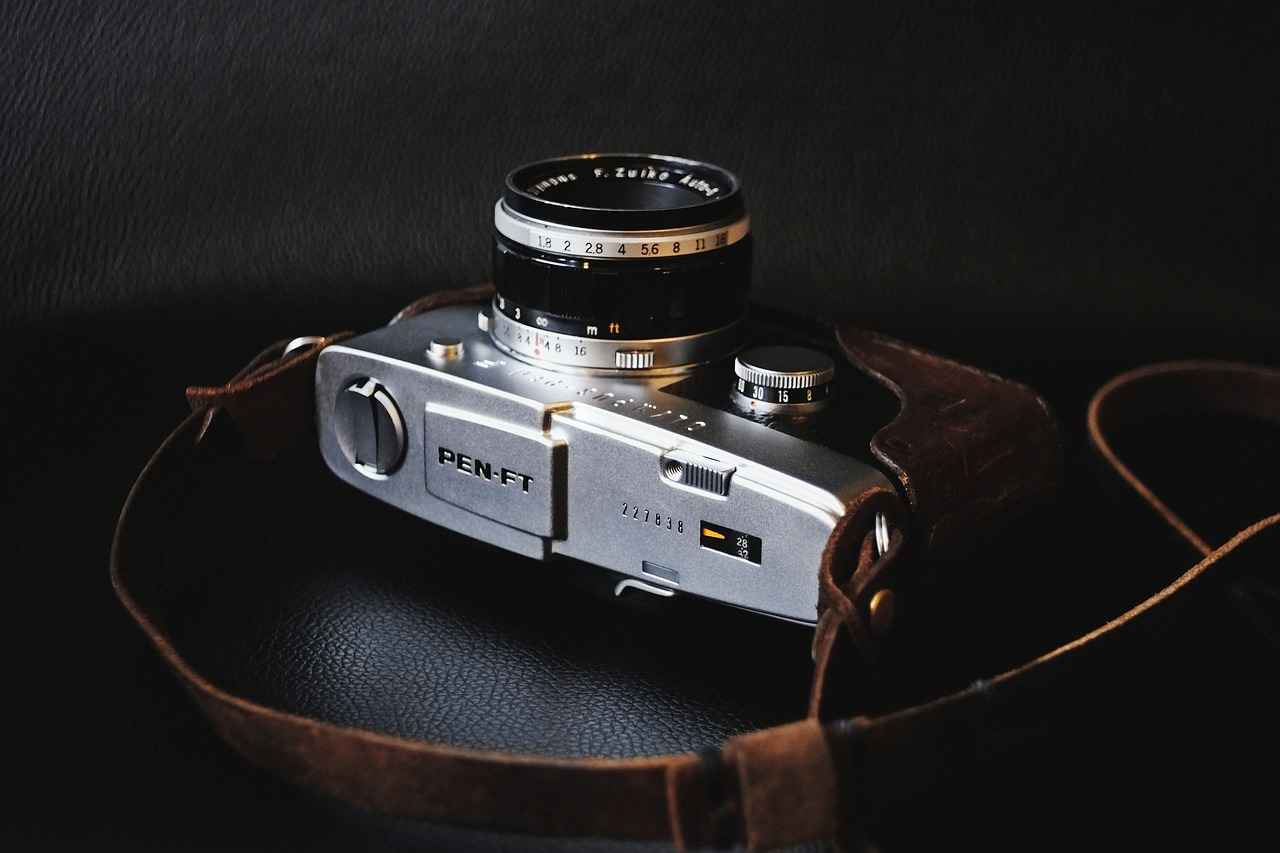
What Does the Future Hold for Action Camera Technology?
As we look towards the future, the world of action cameras is poised for remarkable advancements. With rapid technological evolution, these devices are becoming increasingly sophisticated, catering to the needs of adventure seekers and content creators alike. The future of action camera technology is not just about capturing stunning visuals; it’s about enhancing the user experience through innovative features and smart integrations.
One of the most exciting prospects for action cameras is the incorporation of advanced materials that enhance durability while reducing weight. Manufacturers are exploring new composites that can withstand extreme conditions, making cameras not only waterproof and shockproof but also more portable. Expect designs that are sleeker and more ergonomic, tailored for ease of use during high-intensity activities.
Artificial intelligence is set to be a game-changer in the action camera market. Future models may include AI-driven features that automatically adjust settings based on the environment, ensuring optimal image and video quality. Additionally, AI can facilitate automated editing, allowing users to create polished videos with minimal effort. This technology will not only save time but also make high-quality content accessible to a broader audience.
In an increasingly connected world, action cameras are expected to offer enhanced connectivity options. Features such as 5G compatibility will allow for faster uploads and real-time streaming, making it easier for users to share their adventures instantly. Furthermore, improved Wi-Fi and Bluetooth capabilities will enable seamless integration with smartphones and other devices, enhancing the overall user experience.
As environmental concerns grow, manufacturers are likely to prioritize sustainability in their production processes. The future may see action cameras made from recycled materials and designed for longevity, reducing electronic waste. Companies could also implement take-back programs to recycle old devices, promoting a circular economy within the tech industry.
Action cameras are not just for extreme sports enthusiasts; their applications are expanding into various fields. In 2025, we might see these devices being used in educational settings, allowing students to document experiments or field trips. Additionally, industries such as real estate and tourism could leverage action cameras for immersive virtual tours, enhancing customer engagement.
The user interface of action cameras is expected to become more intuitive, with touchscreens and voice commands becoming standard features. This evolution will make it easier for users to navigate settings and capture moments without fumbling with buttons, particularly during high-energy activities.
As the demand for action cameras continues to rise, we can anticipate a more competitive market. Brands will focus on differentiating themselves through innovative features and unique selling propositions. Consumer feedback will play a crucial role in shaping product development, as manufacturers strive to meet the evolving needs of their customers.
In summary, the future of action camera technology is bright, driven by innovation and user-centric design. As we approach 2025, advancements in materials, AI, connectivity, and sustainability will redefine how we capture and share our experiences, making action cameras an indispensable tool for adventure and creativity.
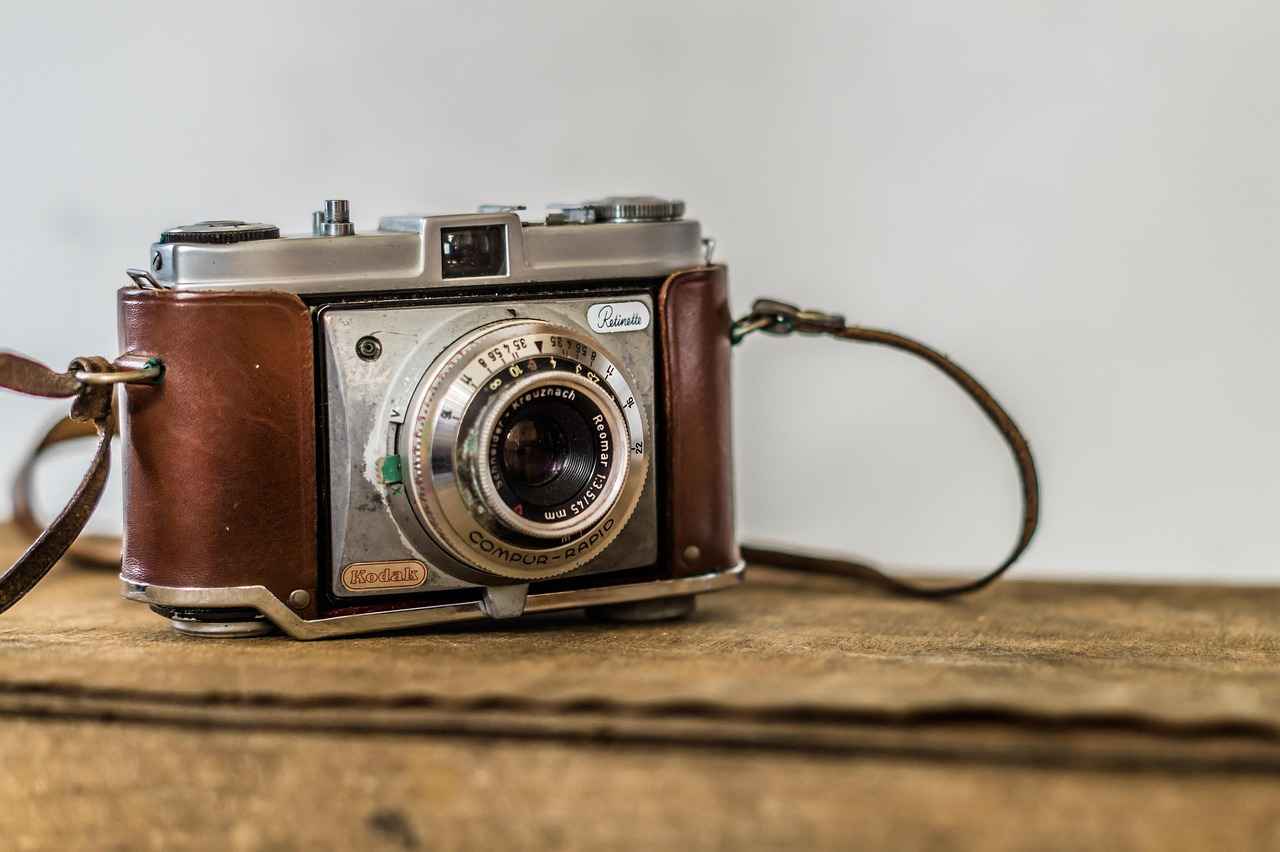
Why Are Action Cameras Essential for Content Creators?
In the fast-paced world of digital media, content creators are continually seeking tools that enhance their storytelling capabilities. Among these tools, action cameras have emerged as essential devices, allowing creators to capture dynamic footage that engages audiences across various platforms. This section delves into the reasons why action cameras are indispensable for modern content creators.
Action cameras are designed to capture high-quality video in a variety of settings, making them ideal for dynamic storytelling. Their compact size and durability allow creators to shoot in locations that traditional cameras cannot reach. Whether it’s an exhilarating mountain bike ride or an underwater adventure, these cameras provide unique perspectives that draw viewers in.
- Wide-Angle Lenses: Action cameras typically feature wide-angle lenses, allowing for expansive shots that capture more of the scene.
- High-Resolution Video: Most action cameras offer 4K video capabilities, ensuring that the final product is sharp and professional.
- Stabilization Technology: With advanced stabilization features, shaky footage is minimized, resulting in smooth and visually appealing videos.
- Waterproof and Shockproof Designs: These rugged features enable filming in extreme conditions, providing versatility for various content types.
Influencers and social media content creators often favor action cameras because they can easily share engaging content across platforms like YouTube, Instagram, and TikTok. The ability to capture exciting moments in real-time resonates well with audiences looking for authentic experiences. Additionally, the compact nature of these cameras makes them easy to transport, allowing creators to film on the go.
Modern action cameras come equipped with various connectivity features such as Wi-Fi and Bluetooth. These allow for seamless sharing of content directly to social media platforms, enabling creators to engage with their audience quickly. Moreover, remote control capabilities facilitate hands-free operation, which is particularly useful for solo creators.
The integration of artificial intelligence in action cameras is revolutionizing how content is produced. AI can assist in automatic editing, making it easier for creators to compile and share their work. Features like voice commands and smart framing enhance user interaction, allowing for a more intuitive filming experience.
By sharing their adventures and experiences through action camera footage, creators foster a sense of community among their followers. Engaging content encourages viewers to interact, comment, and share their own experiences, creating a dynamic feedback loop that enhances the overall viewer experience.
As technology continues to evolve, action cameras are expected to incorporate even more advanced features, such as enhanced AI capabilities and improved connectivity options. These innovations will further empower content creators to push the boundaries of storytelling, making action cameras an even more vital tool in their arsenal.
In conclusion, action cameras are not just tools for capturing footage; they are essential devices that enable content creators to tell compelling stories and engage with their audiences effectively. With their robust features and adaptability, action cameras are set to remain at the forefront of content creation in the years to come.
Frequently Asked Questions
- What makes action cameras waterproof?
Action cameras are designed with special materials and seals that prevent water from entering the device. They often feature rugged casings and gaskets that protect the internal components, allowing them to withstand underwater adventures without damage.
- How does shockproof technology enhance durability?
Shockproof technology involves using tough materials and engineering designs that absorb impacts. This means that when you drop your camera during a thrilling ride or a hike, it can survive the fall, ensuring that your memories are captured without a hitch.
- What are the latest innovations in smart action cameras?
Smart action cameras now come with advanced features like AI-driven editing, voice commands, and seamless connectivity options. These innovations make it easier to share your adventures instantly and enhance the overall user experience.
- How will AI transform action camera functionality?
AI is set to revolutionize action cameras by improving image stabilization, enhancing low-light performance, and even automating editing processes. This means less time fussing with settings and more time enjoying your adventures!
- Why are action cameras essential for content creators?
For content creators, action cameras are vital because they offer unique perspectives and high-quality footage. Whether you’re vlogging, shooting extreme sports, or capturing travel experiences, these cameras help tell your story in a dynamic way.
